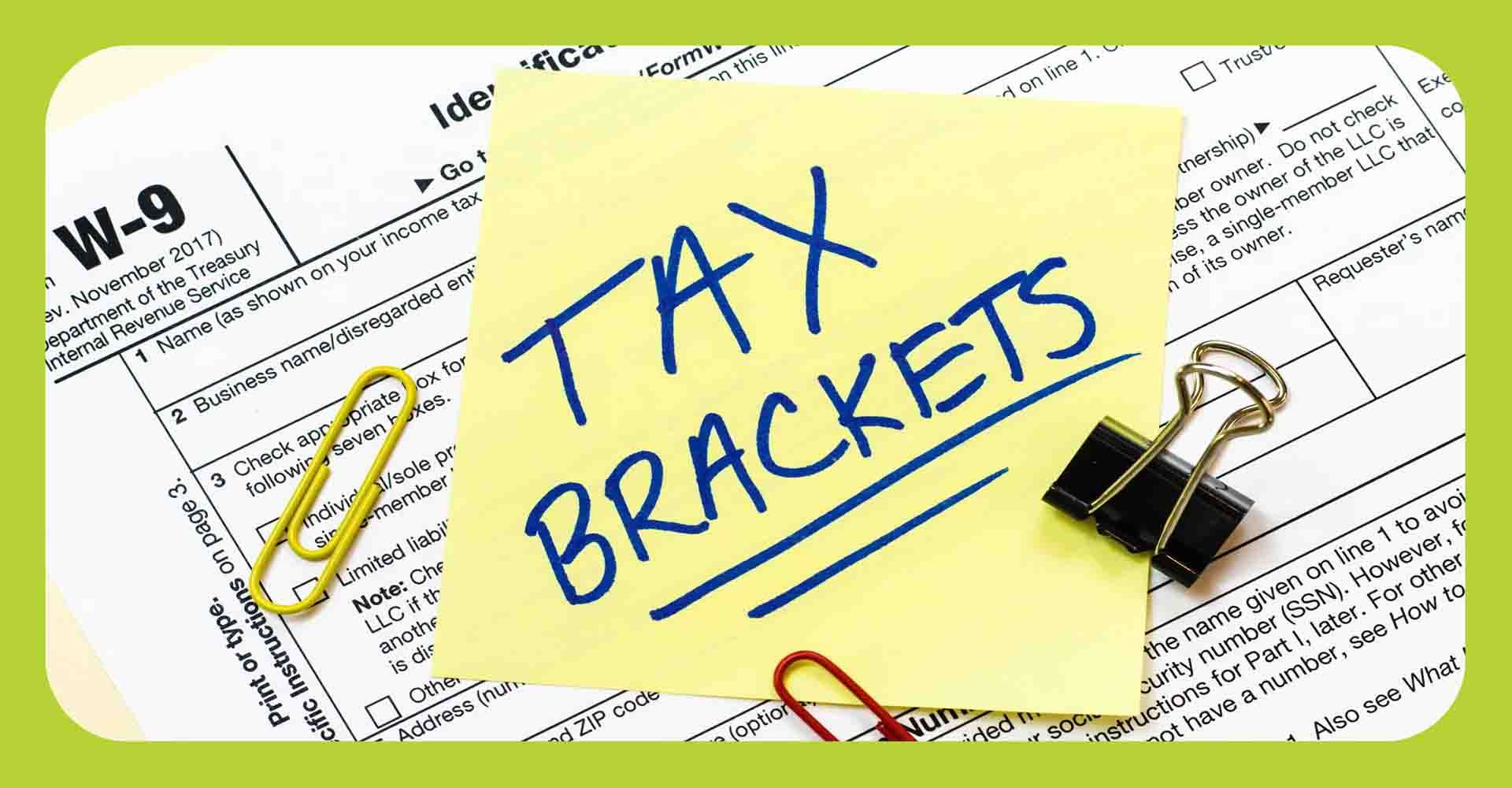
Most business owners I work with aren’t losing sleep over tax brackets—until they realize they should be. And by then, it’s usually too late to make adjustments. The 2025 tax bracket updates are more than just a government inflation adjustment; they’re an opportunity to fine-tune your financial strategy and keep more of what you earn. Here’s how smart entrepreneurs are turning these changes into cash flow wins.
What the 2025 Tax Bracket Changes Mean for Business Owners
This year’s federal tax bracket adjustments offer business owners a chance to reduce their taxable income’s exposure to higher rates. The IRS increased income thresholds across all brackets, which means more of your earnings stay in lower tax bands.
For example:
- The 24% bracket now applies to single filers earning up to $203,850 (up from $182,100) and joint filers up to $407,700.
- The 32% bracket doesn’t kick in until after these amounts, providing breathing room for growing businesses that have seen income rise alongside inflation.
- The top bracket (37%) starts at $609,350 for individuals and $731,000 for joint filers.
This isn’t just about paying less tax. It’s about avoiding “bracket creep,” where inflation pushes earnings into higher tax rates without an increase in purchasing power. If you’re not factoring these thresholds into your estimated payments and cash flow projections, you’re flying blind.
The Higher Standard Deduction: A Simple, Effective Tool
For business owners who don’t itemize deductions (and many don’t), the standard deduction offers a straightforward way to reduce taxable income.
- For 2025, the standard deduction increases to $14,400 for single filers and $28,800 for married couples filing jointly.
This is an easy win if your business expenses are streamlined and you don’t have a laundry list of personal deductions. It simplifies filing and often results in less taxable income hitting those higher brackets.
Other Key Tax Breaks to Leverage in 2025
Qualified Business Income (QBI) Deduction
If you own an LLC, S-Corp, or sole proprietorship, you can deduct up to 20% of your QBI. With higher income limits in 2025, more owners can take advantage of this deduction before phase-outs apply.
Section 179 Deduction for Equipment and Asset Purchases
Planning to upgrade tech or buy equipment? Section 179 allows you to fully deduct the cost (within the IRS limits), reducing taxable income and freeing up cash flow for future investments.
Research & Development (R&D) Tax Credit
If your business is developing new products, services, or technology, you could qualify for this credit. It reduces your tax liability dollar-for-dollar and supports innovation spending.
How to Put These 2025 Updates to Work for You
Tax changes are only as useful as the strategy you build around them. Here’s how to take action:
1. Reassess Estimated Tax Payments
If your income fluctuates (as most entrepreneurs’ does), use the new brackets to better estimate your quarterly tax payments. Avoid penalties while keeping cash flow steady.
2. Make Smart, Deductible Investments
Consider timing major purchases—whether equipment, technology, or professional development—so they qualify for deductions under Section 179 and maximize tax savings.
3. Boost Retirement Contributions
Contribute to SEP IRAs or Solo 401(k)s to reduce taxable income. In 2025, contribution limits remain generous, making this a tax-efficient strategy for long-term savings.
The 2025 tax bracket adjustments give business owners an edge—but only if they take advantage of them. Higher thresholds, increased deductions, and proven credits all point to one thing: opportunity. The entrepreneurs who plan ahead will keep more of their earnings working for them.
Schedule a consultation with Nth Degree CPAs today. Let’s create a customized plan to reduce your tax burden and improve cash flow.



